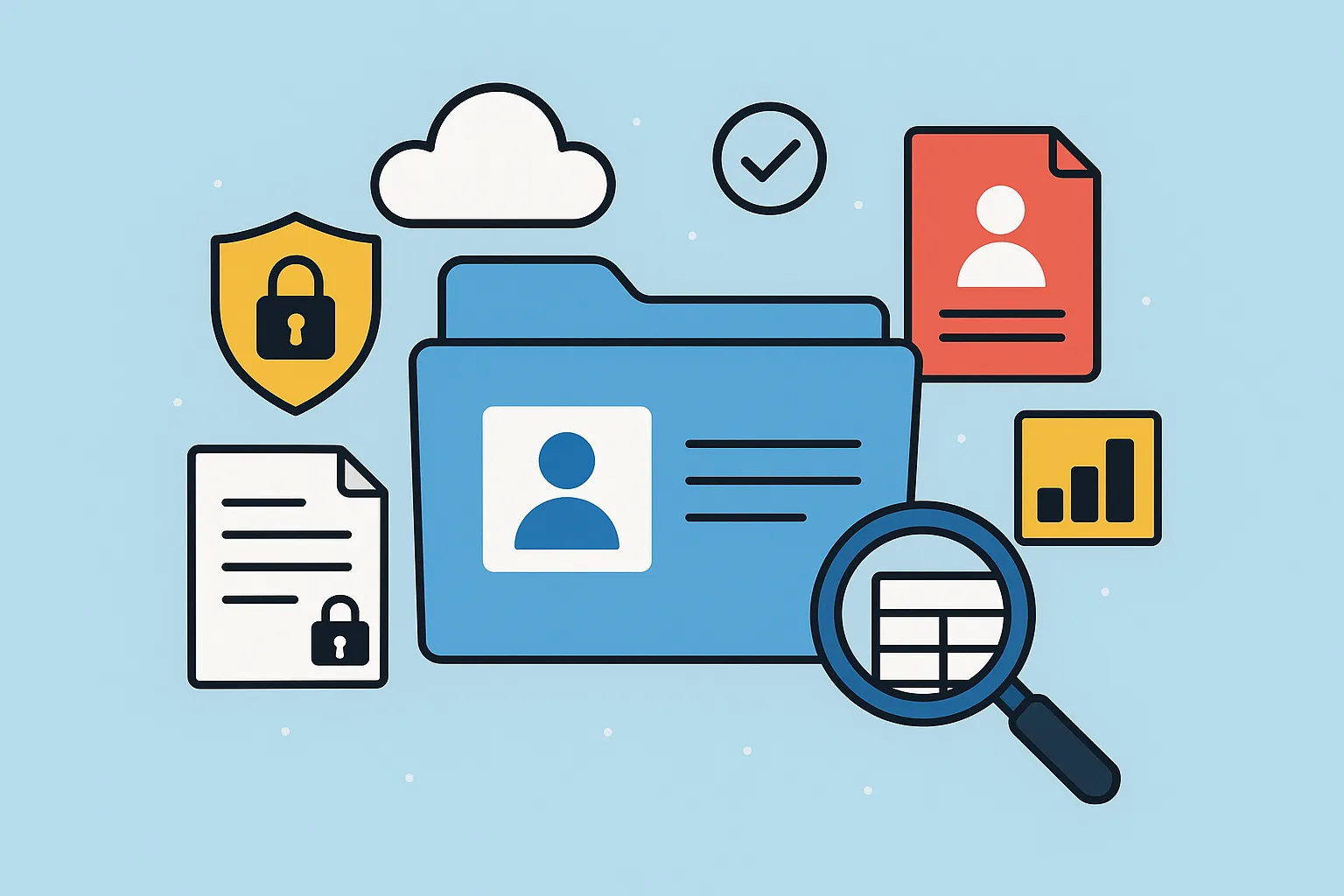With the exponential growth of digital information, managing sensitive data has become a top priority for organizations. Microsoft 365 provides a comprehensive suite of tools to help businesses protect their data assets. One of the most powerful of these tools is Data Classification. This feature enables organizations to identify, label, and protect sensitive information across Microsoft 365 services, including Exchange, SharePoint, OneDrive, and Microsoft Teams.
What is Data Classification in Microsoft 365?
Data Classification in Microsoft 365 refers to the process of categorizing data based on its sensitivity and business impact. It allows organizations to:
- Identify sensitive content across Microsoft 365.
- Apply classification labels automatically or manually.
- Enforce protection policies based on the classification.
- Monitor how data is being accessed and shared.
The goal is to ensure that sensitive information is handled according to compliance requirements and internal policies.
Types of Sensitivity Labels
Microsoft 365 uses Sensitivity Labels to tag content. These labels can be configured to:
- Encrypt emails and documents.
- Mark content with headers, footers, or watermarks.
- Restrict access to specific users or groups.
- Control the ability to share, print, or forward content.
For example, a label called “Confidential” might encrypt a document and limit access to only senior management.
How Data Classification Works
- Define Classification Taxonomy: Begin by defining the types of data your organization wants to classify (e.g., Public, Internal, Confidential, Highly Confidential).
- Create Sensitivity Labels: Use the Microsoft Purview compliance portal to create and publish sensitivity labels.
- Label Application: Labels can be applied manually by users or automatically using predefined rules and conditions (such as detecting credit card numbers or personal data).
- Monitoring and Reporting: Admins can use Microsoft 365 compliance center to monitor how labels are applied and audit how sensitive data is being used or shared.
Benefits of Data Classification in Microsoft 365
- Improved Data Security: Ensures sensitive data is protected from unauthorized access.
- Regulatory Compliance: Helps meet GDPR, HIPAA, and other regulatory requirements.
- Enhanced Visibility: Provides insights into where sensitive data resides and how it is used.
- Reduced Risk: Minimizes the chance of data breaches by applying automated protections.
Best Practices for Implementing Data Classification
- Start Small: Begin with a limited set of labels and expand gradually.
- Engage Stakeholders: Involve compliance, legal, and business units in defining classification rules.
- Train Users: Educate staff on how and when to apply sensitivity labels.
- Regularly Review Policies: Keep your classification and labeling policies up-to-date with changing regulations and business needs.
Conclusion
Data Classification in Microsoft 365 is a vital component of a modern data protection strategy. By correctly identifying and managing sensitive data, organizations can maintain compliance, reduce risks, and foster a culture of data security. Whether you’re a small business or a large enterprise, leveraging Microsoft 365’s built-in data classification capabilities is a smart and scalable approach to safeguarding your digital assets.


